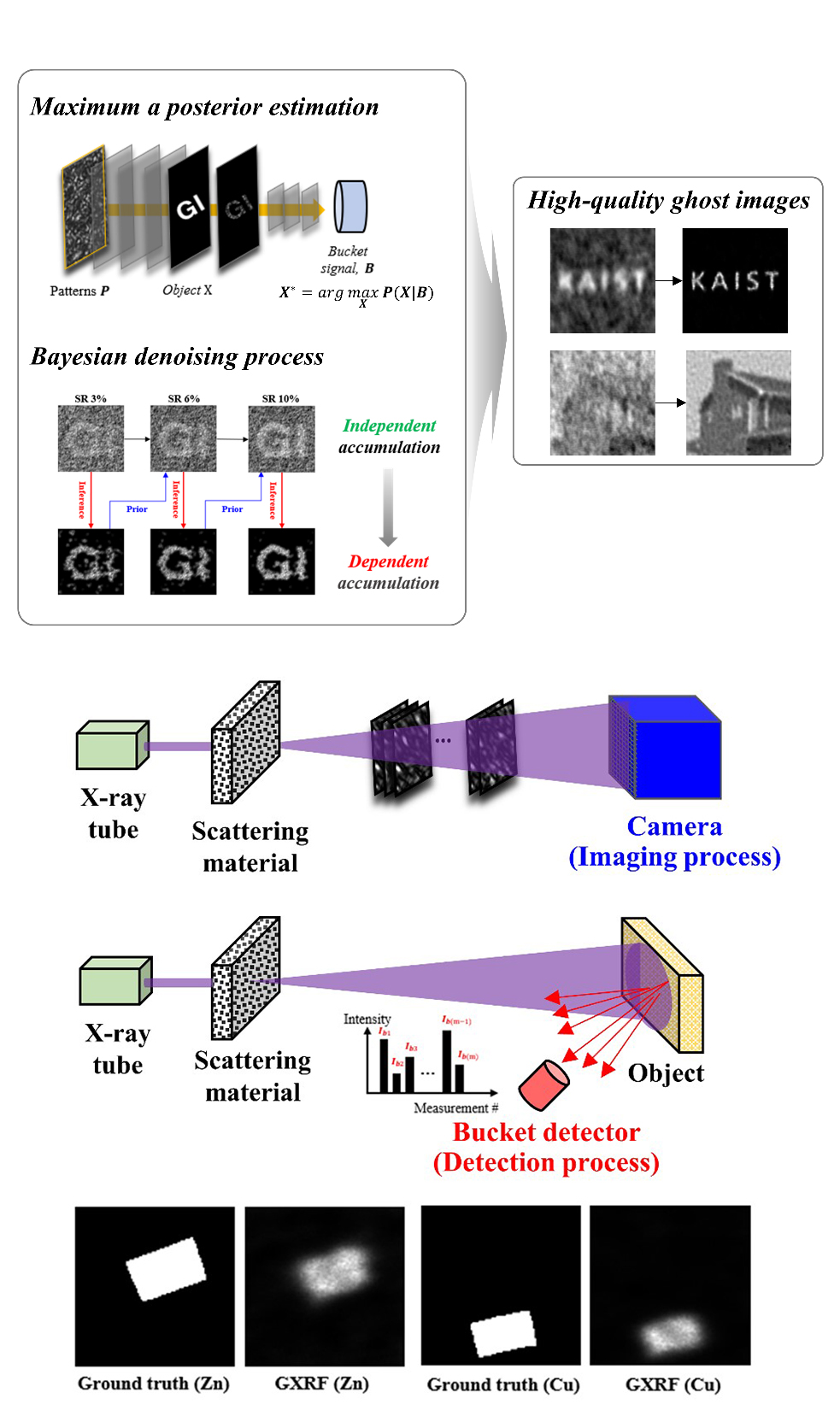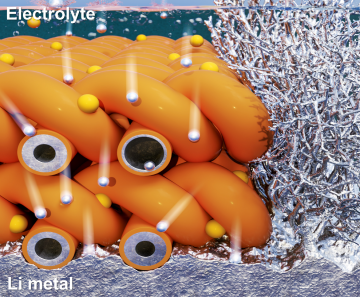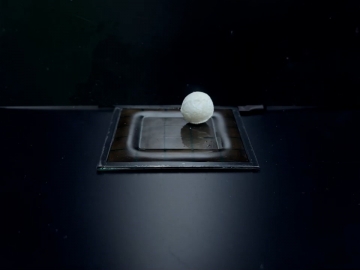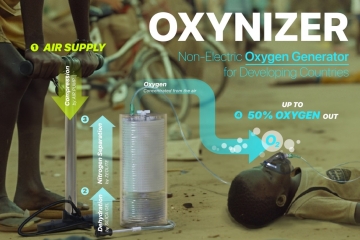KAIST
BREAKTHROUGHS
Research Webzine of the KAIST College of Engineering since 2014
Spring 2025 Vol. 24Bayesian Approach-based Ghost X-ray Fluorescence for Rapid Element Mapping
Ghost imaging-based X-ray Fluorescence enables fast elemental mapping on the surface of a sample. However, achieving accurate element distributions still necessitates a significant amount of measured data. This research demonstrates Bayesian approaches for reconstructing high-quality elemental distributions with less data.

Professor Gyuseong Cho's research team from the Department of Nuclear and Quantum Engineering at KAIST has proposed iterative Bayesian approaches to reconstruct high-quality ghost images using a smaller amount of correlation data. These approaches aim to improve the quality of 2D element distributions in the GXRF system. In the first study, using the statistical properties of a photon-counting process and the inherent characteristics of a natural image, a mathematic modeling is conducted and then a regularized maximum likelihood expectation maximization algorithm in the form of an iterative formula has been derived for retrieving a ghost image. Compared with conventional GI reconstruction methods, the proposed method significantly enhances the quality of ghost images. In the second study, a Bayesian denoising method based on Markov random field has been proposed to enhance the quality of reconstructed ghost images. This method incorporates the latent image from previous measurements as prior information in the subsequent reconstruction steps, enabling faster visibility of the unknown object.
This work represents the first attempt to reconstruct and post-process ghost images by using the statistical properties of measured data in the GI system. The findings could make the GXRF system more feasible as a practical application for mapping element distributions.
Most Popular

When and why do graph neural networks become powerful?
Read more
Smart Warnings: LLM-enabled personalized driver assistance
Read more
Extending the lifespan of next-generation lithium metal batteries with water
Read more
Professor Ki-Uk Kyung’s research team develops soft shape-morphing actuator capable of rapid 3D transformations
Read more
Oxynizer: Non-electric oxygen generator for developing countries
Read more